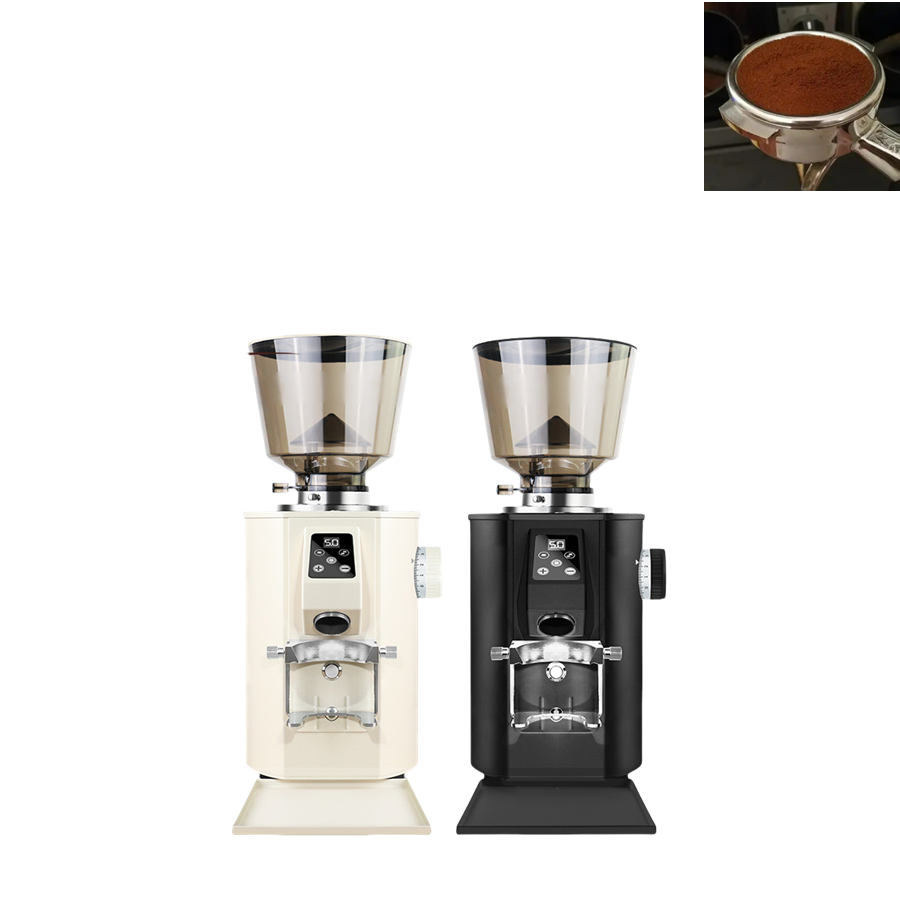Professional commercial direct-fired coffee roasters have unique applications in the field of coffee roasting, as follows:
Advantageous application scenarios
Flavor expression: The direct-fired roaster directly contacts the coffee beans through the fire, which can better present the inherent flavor characteristics of the coffee beans. During the roasting process, the heat energy gradually penetrates from the external structure of the green beans into the internal structure, allowing the caramelization reaction to be more thorough. The coffee roasted in this way has a deeper taste of sweetness, bitterness, sourness and aroma, a higher alcohol content, and a smoother texture. For instance, for some coffee beans with unique regional flavors, direct roasting can better highlight their flavor characteristics and bring consumers a rich taste experience.
Suitable for specific roasting degrees: Direct fire roasters heat up more slowly, and the caramelization of coffee beans will be very complete. The flavor is more complex and tight, suitable for light to medium roasting. When lightly roasted, it can retain the original flavor and aroma of coffee beans, presenting a fresh fruity and floral scent. Medium roasting can make the flavor of coffee beans more balanced and the taste more mellow.
Key points of operation and precautions
Heat control: The boiler surface of the direct-fired roaster has a perforated design, allowing the fire to directly reach the surface of the beans, making heat control rather difficult. When the fire in the furnace provides the first heat at the bottom of the furnace, the heat energy will immediately dissipate through other holes, resulting in a phenomenon of insufficient heat. However, if the temperature is raised to replenish heat, when the heat exceeds what the amount of green beans can withstand, the coffee beans will be scorched. Therefore, roasters need to carefully adjust the heat by observing the amount of green beans added, and confirm the time when the “yellow spots” appear and the first burst, to ensure the stable quality of the roasted coffee beans.
Uniform roasting: Due to the insufficient retention time of heat energy inside the boiler, direct fire roasting is prone to cause uneven heating of coffee beans. To solve this problem, roasters need to stir the drum to ensure that the coffee beans are heated evenly. Meanwhile, the air damper can also be adjusted to control the flow of hot air and improve the uniformity of baking. When adjusting the air damper, weather factors need to be taken into account. In low-pressure weather, the opening of the air damper should be opened more than in high-pressure weather; otherwise, the silver skin will not be easily discharged, generating more smoke and affecting the taste and aroma of the coffee.
Environmental impact: Direct fire baking machines are susceptible to external environmental influences, including indoor temperature, outdoor temperature, air circulation, weather conditions, ventilation, etc. During the baking process, it is necessary to adjust the baking parameters in a timely manner according to environmental changes to ensure the stability of the baking effect. For instance, in a high-temperature and humid environment, it might be necessary to appropriately lower the roasting temperature or extend the roasting time to prevent the coffee beans from getting damp or overroasting.


